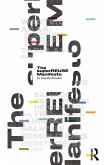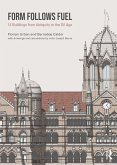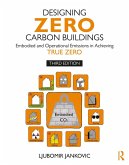Following an overview of the history of component reuse in building design and construction, the first part of this book, "Planning strategies," provides recommendations for the integration of scavenged building elements into the larger architectural work. From the "gap" to the "wrapper," these chapters consider how designers might arrange reused components both to shelter and be sheltered, while revealing the age and flaws of these components for maximum design effect. The next part, "Assembly techniques," considers how reuse projects might be constructed and the way in which the construction method impacts the architectural proposal. Whether framing with sticks or stacking up stones, these chapters demonstrate the variety of assembly opportunities available for found object projects. Finally, the part on "Finishing" suggests the ways these materials can create experiential spaces that may be variously uniform, deeply complex and highly embellished.
Expanding upon the practical steps outlined in the technical literature, this book provides designers with a set of frameworks for approaching architectural reuse during the more conceptual parts of the design process. It is essential reading for professionals interested in integrating reuse in their architectural practice.
Dieser Download kann aus rechtlichen Gründen nur mit Rechnungsadresse in A, B, BG, CY, CZ, D, DK, EW, E, FIN, F, GR, HR, H, IRL, I, LT, L, LR, M, NL, PL, P, R, S, SLO, SK ausgeliefert werden.









